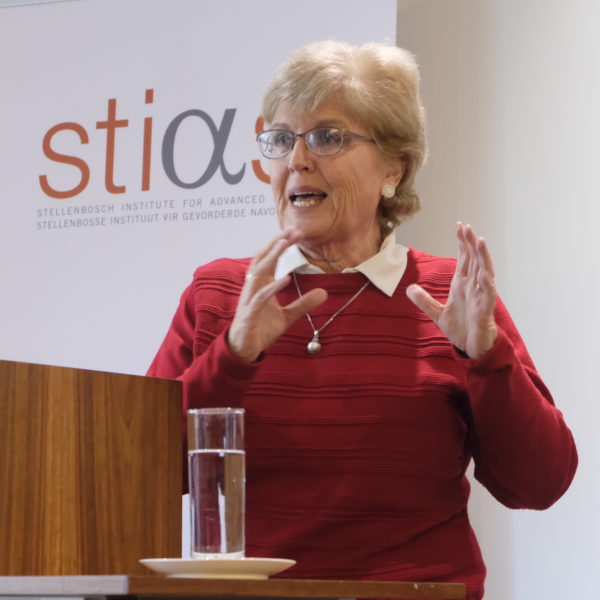Bioarchaeology is the study of human remains found in archaeological contexts, also taking these contexts into account to help understand humans on the landscape. The information on any specific archaeological site cannot be complete without an understanding of the people who inhabited it. Africa, with its rich diversity of populations, remains understudied in this regard. This research aims to synthesize the results of past and current studies of archaeological human remains in South Africa, from the start of the Holocene (± 10 000 BP) up to (but excluding) colonial contact.
The presence of humans on the landscape during various time periods, their demographic characteristics, as well as health and nutrition will be assessed. Data on the dentition will be collected and collated, including information on dental caries, abscessing, antemortem tooth loss and cultural modification, in order to shed light on past diets and cultural practices. Trends and patterns throughout the Holocene will be assessed. This will allow identification of gaps in the knowledge and directions for future research and provide a basis for understanding past lifeways and adaptation in this region of the world.
Menu
Related news
Related news
Related publications
Related publications
Journal Article
Loftus, Emma, Marlize Lombard and Maryna Steyn. 2024. Dated Holocene Human Remains from South Africa: Recalibration and Broad Contextualization. Radiocarbon, 1–16. https://doi.org/10.1017/RDC.2024.22
Journal Article
Steyn, Maryna. 2023. Assessment of stature in Iron Age populations of South Africa. Archaeological and Anthropological Sciences, 15(12), 191. https://doi.org/10.1007/s12520-023-01900-7
Share this project:
Share on whatsapp
WhatsApp
Share on email
Email
Share on facebook
Facebook
Share on twitter
Twitter
Share on linkedin
LinkedIn
Is any information on this page incorrect or outdated? Please notify Ms. Nel-Mari Loock at [email protected].


